The main crop planted by winter gardeners is winter garlic, and the discovery for many will be that many vegetables can also be sown in the fall.
In this way, you can get an earlier crop of vegetables and herbs and free up time in the spring sometimes for other planting events.
Content
Pros and cons of autumn landings
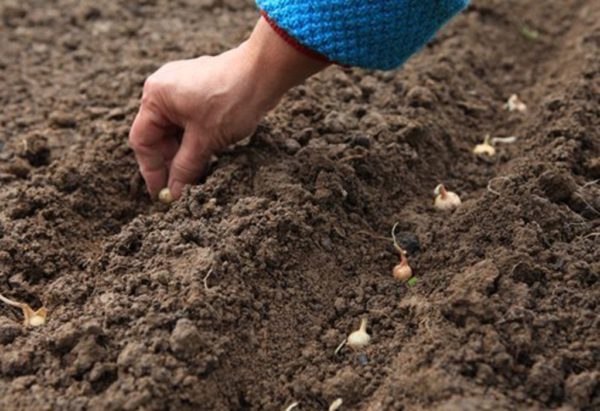 Experienced gardeners, in order to get an earlier harvest, part of the crops planted in the fall before winter.
Experienced gardeners, in order to get an earlier harvest, part of the crops planted in the fall before winter.
The advantages of planting for the winter include:
- earlier harvest (approximately 2 weeks);
- saving money on the purchase of early vegetables from the market;
- hardening of seeds;
- larger fruits;
- early germination will not allow pests to spoil the shoots.
Of the minuses, it can be noted:
- the likelihood of spring return frosts that will destroy the seedlings;
- the ability to shoot, where only seeds are obtained, not fruits;
- greater consumption of seeds;
- lower productivity;
- the impossibility of winter storage.
Inexperienced gardeners can not get a decent harvest the first time when planting green seeds in the winter, due to a lack of knowledge and the intricacies of autumn planting in open ground.
General rules for sowing in late autumn
To plant seeds in the fall, you need to follow a number of rules. It:
- landing dates;
- seat selection;
- preparation of a bed;
- seed selection;
- shelter from the cold.
Seat selection
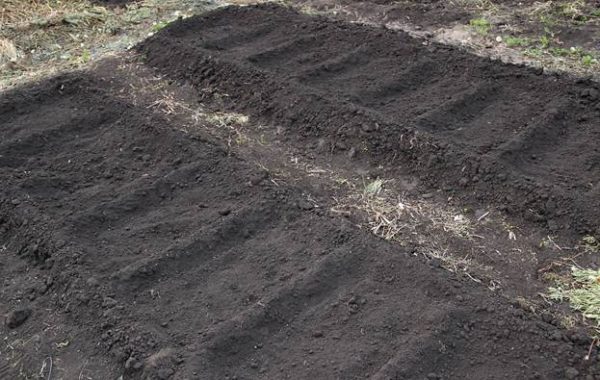 For planting vegetables in the winter, choose a high bed or make it such yourself to avoid spring soaking and rotting of seeds. The soil should be loose and light, clayey heavy soil during the winter is even more compacted and makes it difficult to germinate. After harvesting vegetables, 1-1.5 months before winter sowing:
For planting vegetables in the winter, choose a high bed or make it such yourself to avoid spring soaking and rotting of seeds. The soil should be loose and light, clayey heavy soil during the winter is even more compacted and makes it difficult to germinate. After harvesting vegetables, 1-1.5 months before winter sowing:
- The bed is deeply dug up.
- Weeds are harvested.
- They make the necessary organic (compost and humus) and mineral fertilizers (without nitrogen).
- Contribute 100-300 g of lime to reduce the acidity of the soil.
- Loosen a rake.
If sowing vegetables during the winter will be done after the first frost, grooves are made in advance and the film is covered with soil to prevent erosion.
Landing time
The main link in the chain to get a good harvest is the choice of time when steady cold weather has established in the territory of residence. Warm and wet days will give impetus to the seeds to germinate, which will lead to the death of the future crop. Failures of young gardeners associated with failure to meet the planting dates lead to an unwillingness to plant garden seeds in the winter. So, in the Leningrad Region, in the winter, planting is done much earlier (by 1.2 weeks) than spicy herbs and greens are planted in the winter in the Moscow Region with its more southerly location and much less severe climate. The optimum temperature for landing will be from +3 to -2.
Seed preparation
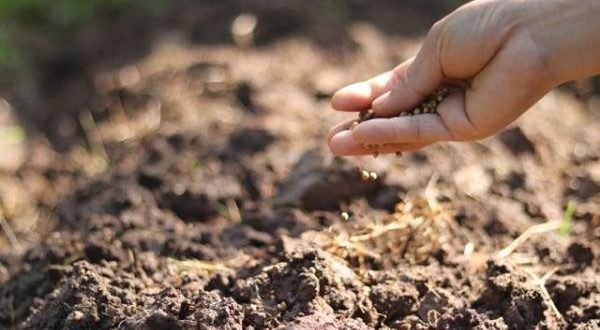 The seeds of some vegetables can be planted in the winter, but before that you need to check their quality.
The seeds of some vegetables can be planted in the winter, but before that you need to check their quality.
Seeds suitable for planting in the winter:
- resistant to flowering and shooting;
- Dragee, which will reduce their consumption during planting;
- winter hardy.
During autumn planting, increase planting density by 30%.
Table with autumn terms for sowing vegetables and greens:
| Name of culture | Grade | Landing time | Landing depth | The distance between the beds |
| Onion set | Stuttgart, Sturon, Carmen | Mid October - early November | 4-5 cm | 20 cm |
| Black onion | Danilovsky, Strigunovsky, Odintsovo | — | 1.5 cm | 20 cm |
| Garlic | Winter varieties | 1.5 months before the cold weather | 4-6 cm | 15-20 cm |
| Carrot | Nantes, Losinoostrovskaya, Tushon, Samson, Shantan | At a steady temperature + 2-3 degrees | 2-3 cm | 20 cm |
| Radish | Red Giant, Spotlight, Mokhovskiy, Option | The beginning of November | 2-3 cm | 10-15 cm |
| Dill | Gribovsky, Umbrella | — | 2-3 cm | 15-20 cm |
| Salads | Berlin Yellow, Emerald, Coarse | — | 1-2 cm | 20 cm |
Greens and root vegetables
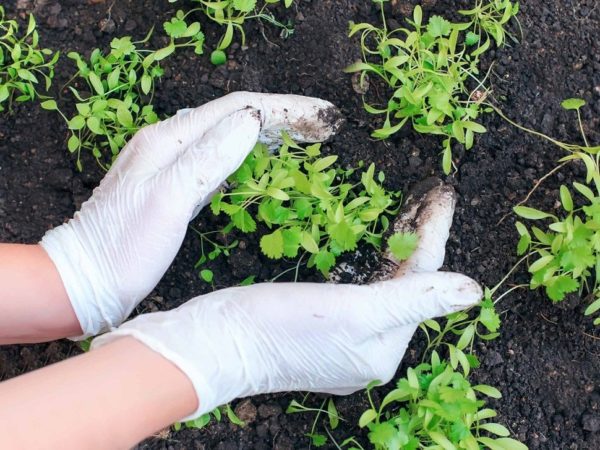 It is difficult to imagine a garden without the greenery growing in it. Every gardener wants to grow vitamins to the table as early as possible. To get spring vitamins immediately after the snow melts, you can plant greens in autumn. In this case, the seeds:
It is difficult to imagine a garden without the greenery growing in it. Every gardener wants to grow vitamins to the table as early as possible. To get spring vitamins immediately after the snow melts, you can plant greens in autumn. In this case, the seeds:
- pass hardening;
- the plant does not get sick.
In the middle lane they plant in the autumn in the garden:
- dill;
- cilantro;
- parsley;
- sorrel;
- salad.
When planting lettuce before winter, you need to choose leaf varieties, half-rolled can not give the expected yield.
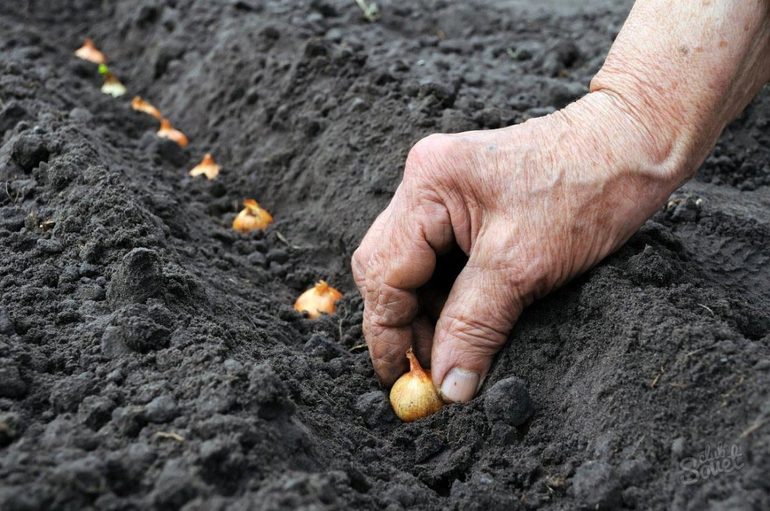 You may be interested in:
You may be interested in:Among the vegetable crops that can be planted in the fall include:
- cabbage;
- carrot;
- beet;
- radish.
To plant cabbage in the winter, medium-ripe or late varieties are chosen, early for such a planting will not work. Among the advantages of autumn planting, it is worth noting:
- getting the crop 2.3 weeks earlier than when planting in the spring;
- getting moisture by seeds from spring snowmelt and sprout quickly;
- the release of spring time for growing seedlings of other crops;
- improved palatability and juiciness;
- disease resistance and less pest loss.
Of the minuses, it can be noted:
- greater consumption of seeds;
- preparing late summer beds for planting;
- the need to shelter seedlings from frost in early spring;
- the need to accurately determine the timing of landing.
In order to plant beets in autumn, they select varieties that are designed for autumn sowing and are resistant to shooting. Only a sunny place is suitable for beets, in the shade it forms hard root crops of small sizes with less sugar. The bed is prepared for planting in advance, grooves are made at a distance of 30 cm from each other and a depth of about 5 cm. They are waiting for the temperature to set from - 2 to +5 degrees. Sow beets more often than spring planting. Furrows are covered with pre-prepared soil, on top add mulch in the form of peat, humus, compost and cover with branches of conifers.
Also in the winter you can plant beet seeds and carrots. Suitable for planting early and cold-resistant varieties. The preparation of the seat is done similarly to the beet beds.
Planting Garden Strawberries
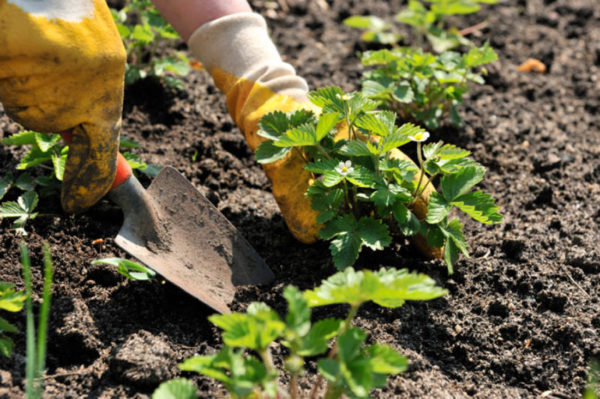 Also planted in the winter in the garden and garden strawberries. You should not linger with these works, as young bushes should take root and leave strong and healthy under the winter. They deal with transplantation in late August - early September. A bed for strawberries is prepared 2 weeks before planting, so that the soil has time to settle. When digging, add compost or humus, ash, mineral potash and phosphorus fertilizers. The distance between the rows when planting is about 50-70 cm, depending on the variety, between the bushes in the row should be at least 30-40 cm.
Also planted in the winter in the garden and garden strawberries. You should not linger with these works, as young bushes should take root and leave strong and healthy under the winter. They deal with transplantation in late August - early September. A bed for strawberries is prepared 2 weeks before planting, so that the soil has time to settle. When digging, add compost or humus, ash, mineral potash and phosphorus fertilizers. The distance between the rows when planting is about 50-70 cm, depending on the variety, between the bushes in the row should be at least 30-40 cm.
Autumn planting of flowers
You can sow not only vegetables, but also flowers under the winter. The preparation of the land follows the same principle as for vegetables. The difference is in the depth of sowing, which depends on the size of the seeds.
| Seed size | Sowing Depth, cm |
| small | 0,5-1 |
| medium | 2 |
| large | 4-5 |
Such flowers sown before winter(annual):
- Lavaters
- cornflower;
- calendula
- poppy;
- matthiols;
- Reseda and many other colors.
Of the perennials, the seeds of gaillardia, bellflower, blennies, primrose, and other flowers are suitable for autumn planting.
Trees and bushes
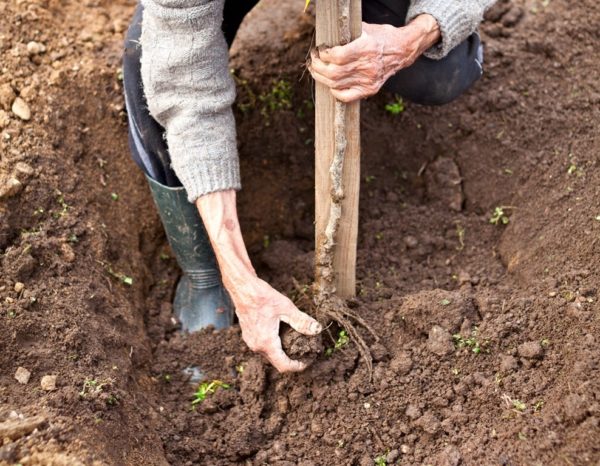 In the autumn garden sometimes planted:
In the autumn garden sometimes planted:
- apple trees;
- pears
- plums
- cherries and other fruit trees.
The advantages of autumn planting:
- a tree in spring wakes up already in a new place;
- not disturbed roots grow rapidly;
- a seedling planted 2-3 weeks before the onset of steady cold weather manages to take root and quickly grows in the spring.
Therefore, in the middle lane and in the suburbs, trees are planted in October, and in the northern regions in mid-September.
The disadvantages include the possible freezing of a young tree. This happens for several reasons:
- landing too early;
- the variety is incorrectly selected (a seedling of a fruit tree bred for planting in the southern regions, planted in the northern regions);
- when planting, manure or mineral fertilizer with a nitrogen content is added to the hole, which will give impetus to the growth of the seedling and lead to its death in the winter;
- deepening of the root neck;
- the roots of a young tree are dried if it was transported with an open root system.
The chances of survival are higher for a seedling with a closed root system.
Shrubs that can be planted in the winter:
- red and black currants;
- gooseberry;
- honeysuckle.
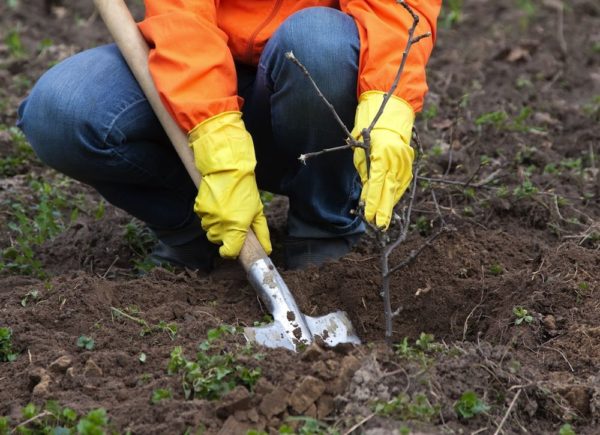
The correct approach to the autumn planting of bushes will lead to a high survival rate of planting material and to productivity. The benefits of landing at this time include:
- the opportunity to buy goods from nurseries at lower prices than in spring;
- the ability to examine the whole plant, including the roots, if the root system is open;
- release of spring time for other works;
- the likelihood of successful survival before the cold and take root;
- apple tree planting in spring (or other trees) will lead to a small yield of the crop or it will not be at all in the first year.
Among the minuses note:
- damage to young bushes by rodents;
- damage to young branches by wind and adhering snow;
- a sharp cooling after heat can destroy a plant that has not had time to take root.
Before planting, a seedling purchased with an open root system is placed in a bucket of water with the addition of Kornevin to enable it to absorb moisture. To plant a bush in the ground, first dig a hole about 30-40 cm deep and 50-60 cm wide. Add ash, a handful of superphosphate, humus or compost, and mix everything. They put a sapling, carefully straighten the roots, cover it with earth, ram it a little so that there are no voids around the roots. Then the plant is shed, pouring at least 15 liters of water under it. Top mulch peat, dust from sawdust, compost. Do not take straw or hay as mulch, they will attract rodents.
Reviews
Sergey, Moscow region
“Last fall planted 2 columnar apple trees bought in a neighboring nursery. Unfortunately, only one took root, but I realized my mistake. One planted in a sunny high place, and the second - at the fence in a lowland and shade. It was she who died. There was no good place for her, put in a bad place. Next fall, I will cut down the old gooseberry and plant a new apple tree there. ”
Veronika, Novgorod
“I plant garlic every year in the fall and I am always with the harvest, and last year I decided to plant onions with carrots in the winter. I dug up a bed in September, made grooves, as taught. I dug up good land and carried it into the heat. Planted when frosts were around minus 3-5 degrees. She laid small onions in one furrow, and in the next densely sprinkled carrot seeds. From above everything was covered with earth that had been stored since September and with old rotted sawdust. I have a bed in a sunny place and in the spring a little onion appeared first, when everyone just started to dig beds, carrots much later. And I began to feast on it at the end of June. "
Pre-winter sowing of seeds and planting fruit trees and shrubs has more advantages than disadvantages, and subject to all conditions (taking into account the weather), you can already feast on the greens from your garden in April.

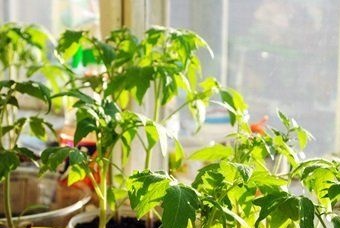 10 mistakes that destroy seedlings
10 mistakes that destroy seedlings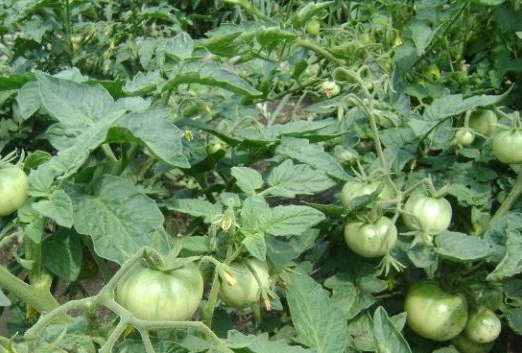 What crops are solanum plants?
What crops are solanum plants?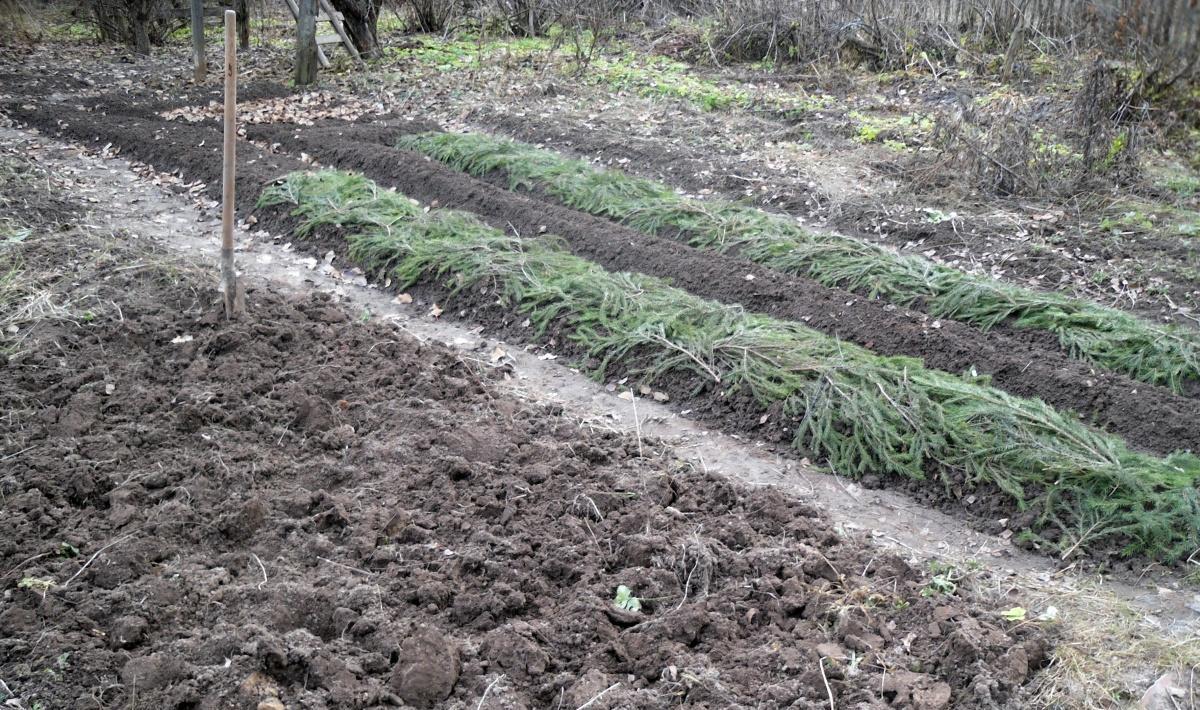 What to plant in the garden before winter: what vegetables, flowers, herbs, trees and shrubs
What to plant in the garden before winter: what vegetables, flowers, herbs, trees and shrubs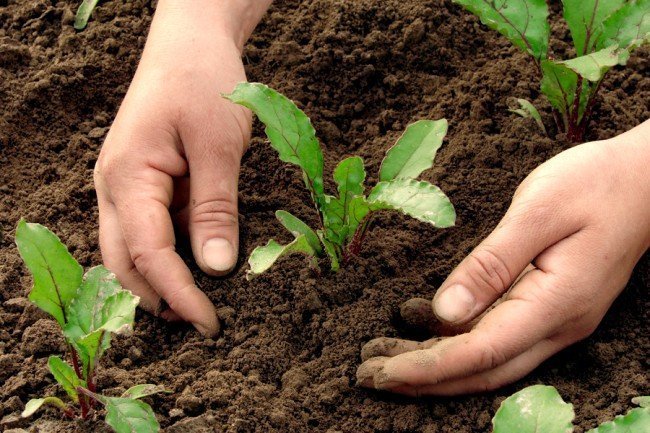 What can be planted at the end of summer in open ground in different regions to grow rapidly
What can be planted at the end of summer in open ground in different regions to grow rapidly